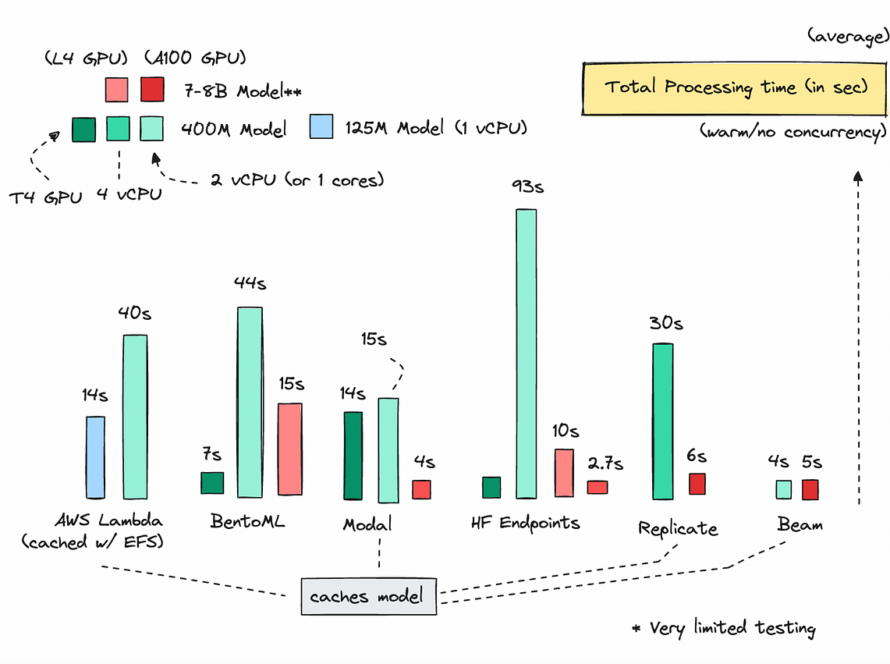In two months, we finished reading “The Book of Why,” which gave us a glimpse into the fascinating world of causality. As promised, I have a bonus article to close my first Read with Me series officially.
Inspired by my own background as an academic researcher who studied causal inference in economics during my Ph.D. program, as well as my experience as a data scientist in the industry building causal models to make demand forecasts, for the bonus article, I would like to share my understanding of the concept of causal inference and the similarities and differences in how it is applied in academic and industry settings.
Due to the difference in the nature and purpose of academic research and industry applications, the causal inference workflows are quite different between the two.
Speed
Academic research usually operates at a slower pace, from forming ideas to drawing final conclusions. It focuses on building trust not only on the causal conclusion itself but also on the data involved, methods used, and robustness of the research. Thus, oftentimes, the research process is extended to validate data eligibility, run sensitivity analysis, test causal structures, etc.
However, for business, time is money. Tech firms are more practical. They would rather focus their resources on building scalable applications that can be put into production and bring benefits quickly. The cost of waiting for a perfect and generalizable model is high. Thus, the industry would prefer to have a benchmark model available as a placeholder first before fine-tuning and making adjustments.
Method
Indeed, academic research is the source of new approaches and mechanisms for theoretical researchers. However, empirical researchers who focus on observational studies or experiments tend to use standard and well-established methodologies. For example, Difference-in-Differences (DID)…



